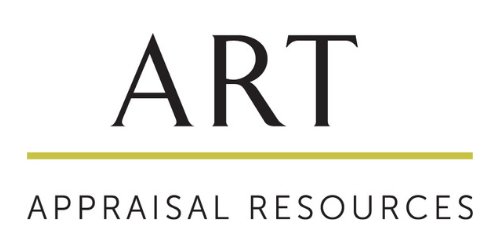Evaluation to Valuation: Navigating Fine Art Appraisals
/How do you place value on something as intricate and subjective as fine art? In this post we explore fine art valuation and appraisal, how an appraisal is conducted and the different types of art appraisals.
How a Fine Art Appraisal is Conducted
A fine art appraisal conducted by a certified appraiser starts with a thorough inspection of the artwork. The appraiser will assess its condition, size, materials and overall condition. The appraiser will then research the artist, provenance, exhibition history and market trends related to the artwork and similar pieces. It is helpful if you are working with an appraiser who is well versed in the style of work. Your appraiser will also use knowledge of recent sales of comparable works to determine the artwork’s value. You will be provided with a comprehensive report including a description of the work, the valuation method used and the final appraised value.
The appraisal report is a crucial document used for various purposes, such as insurance, taxation, sale, or donation, and is often required to be conducted by a certified appraiser to ensure its credibility.
Common Types of Fine Art Appraisals
It's important to note that appraisals should be conducted by qualified and accredited appraisers who have expertise in the specific type of art being appraised. The purpose of the appraisal also influences the method and approach used by the appraiser.
Fair Market Value Appraisal
One of the most common types of appraisals, a fair market value appraisal determines the price a willing buyer and willing seller would agree upon in an open market, assuming neither is under duress to buy or sell.
Insurance, Damage and Loss Appraisals
Insurance appraisals establish the value of artwork for insurance purposes. They ensure that artworks are adequately covered in case of damage, loss, or theft. These values often include considerations for replacement or restoration costs. You can learn more about insurance appraisals in this blog post.
A damage or loss appraisal determines the decrease in value of an artwork after damage or loss has occurred, taking into account the restoration costs.
Estate Appraisal
Estate appraisals are crucial for estate tax purposes. They determine the value of an art collection when an individual passes away. Accurate estate appraisals help with estate planning and tax obligations. You can read more about estate tax appraisals here.
Charitable Donation Appraisal
When someone donates art to a museum or other nonprofit organization, a donation appraisal establishes the fair market value of the donated item. This value is used for tax deductions. You can read more about charitable donation appraisals in this blog post.
Art Appraisal for Artists
Fine artists can also benefit from getting their own artworks appraised. Appraisals can help artists understand the current market value of their artworks which can be useful when pricing their pieces for sale or exhibition. An appraisal can also be used to ensure that artworks are adequately insured and establish the value of their collection for tax and inheritance purposes.
Fine Art Appraisals in Non-Traditional Settings
Corporate Fine Art Collections
Fine art appraisals are integral to the effective management, protection, and strategic utilization of corporate fine art collections. They ensure that corporations maintain accurate records of their art assets, comply with legal and ethical standards, and make informed decisions about their art holdings.
Public Art Installations
Fine art appraisals are also instrumental in the care, maintenance, and management of public fine art installations. They help ensure the artworks are adequately protected, preserved, and documented, while also playing a role in their broader cultural, economic, and educational impact on the community.
Unconventional Materials
Appraising artworks created with unconventional materials, such as glass, textiles, metals, or other non-traditional substances, requires specialized knowledge and expertise. A certified appraiser will have in-depth knowledge of the properties, vulnerabilities and aging characteristics of these materials which affects the artwork’s condition and value. Understanding the historical context of the artwork is crucial. Appraisers research the artist's techniques and the materials they used, as well as the cultural and artistic movements that influenced the creation of the piece.
Using their knowledge of materials science, art history, market trends, and conservation practices, an appraiser assesses the value and condition of these unique and often fragile pieces. Their expertise is essential for ensuring accurate and informed appraisals.
Cultural and Regional Variations in Art Appraisal
Cultural and regional factors play a significant role in the appraisal of fine art. For example, works associated with a particular culture’s heritage, religious practices or historical events may be highly valued within that culture but less so in others. A certified appraiser will understand these cultural contexts. An appraiser is also attuned to regional aesthetic preferences and art market trends.
In today's interconnected world, art markets are increasingly global. However, cultural factors continue to play a role in valuations. Artworks that blend multiple cultural influences may have unique value considerations. Appraisers must understand and navigate these complex intersections.
